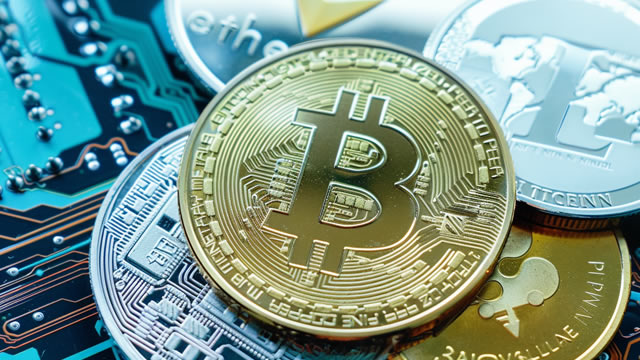
Singapore Sounds The Alarm: Are Stablecoins The Next Financial Threat?
Bitcoinistgeneral
Singapore's top financial regulator has signaled a tougher stance on stablecoins, saying only fully supervised tokens should be treated as reliable money for big transactions. Related Reading: From Burgers To Bitcoin: Why The McDonald's McRib Season Has Traders Talking Bullish Regulators are moving to separate settlement-grade instruments from the rest of the market.
📋 Article Summary
Singapore's Regulatory Crackdown on Stablecoins: A Turning Point for Crypto Markets
As the global cryptocurrency market continues to evolve, regulators around the world are closely monitoring the rise of stablecoins, a unique class of digital assets designed to maintain a stable value relative to traditional fiat currencies. In a significant development, Singapore's top financial regulator has now signaled a tougher stance on these instruments, raising concerns about their potential to disrupt the traditional financial system.
The Monetary Authority of Singapore (MAS) has made it clear that only fully supervised stablecoins should be considered reliable for large-scale transactions, a move that reflects the growing unease among policymakers regarding the rapid expansion of this sector. This regulatory shift in Singapore, a global financial hub, could have far-reaching implications for the broader cryptocurrency ecosystem.
Experts believe that this announcement from the MAS is part of a broader trend among regulators to separate settlement-grade instruments, such as central bank digital currencies (CBDCs) and tightly regulated stablecoins, from the more speculative and volatile cryptocurrency market. The goal is to ensure that the core payments infrastructure remains stable and trustworthy, even as the crypto industry continues to innovate.
The Singapore regulator's stance on stablecoins is particularly significant given the city-state's reputation as a hub for financial innovation and its ambitions to become a leading global hub for digital assets. The MAS's concerns suggest that even in jurisdictions known for their openness to emerging technologies, policymakers are increasingly cautious about the potential risks posed by unregulated or loosely regulated stablecoins.
The implications of this regulatory shift could be wide-ranging. Investors, both institutional and retail, may need to reevaluate their exposure to stablecoins and consider the potential impact on their portfolios. Cryptocurrency exchanges and other service providers may face increased scrutiny and compliance requirements, potentially altering the competitive landscape within the industry.
Moreover, the Singapore development could be a harbinger of a broader global trend, as other financial regulators around the world are also closely monitoring the stablecoin market and contemplating their own policy responses. This could lead to a more harmonized, but potentially more restrictive, regulatory environment for stablecoins, which could have significant implications for the future of cryptocurrencies and the broader decentralized finance (DeFi) ecosystem.
As the crypto industry continues to evolve, the regulatory landscape surrounding stablecoins will undoubtedly remain a critical area of focus. Investors, entrepreneurs, and policymakers alike will need to closely follow these developments and adapt their strategies accordingly, as the stability and reliability of the financial infrastructure underpinning the crypto markets could be at stake.